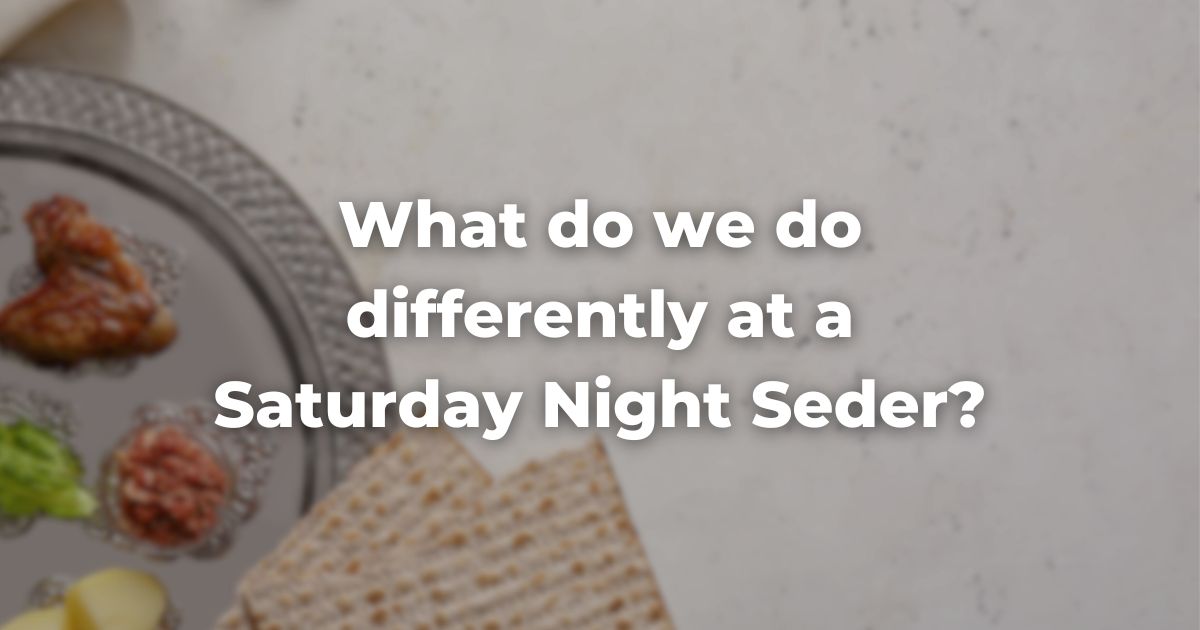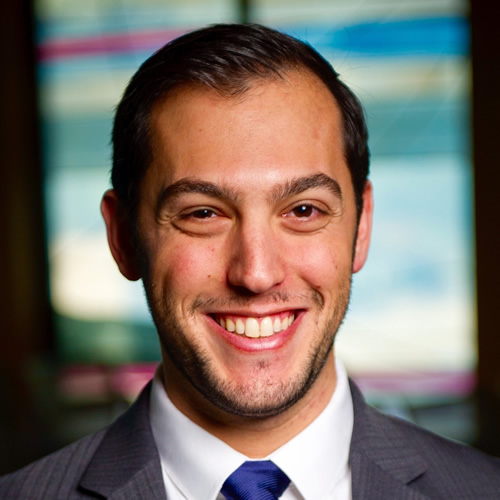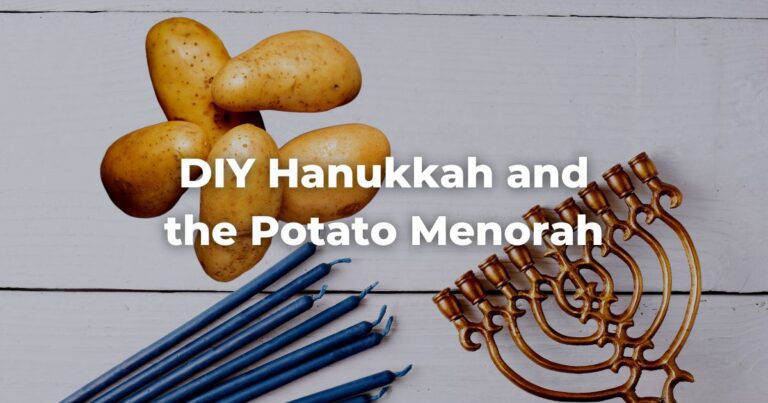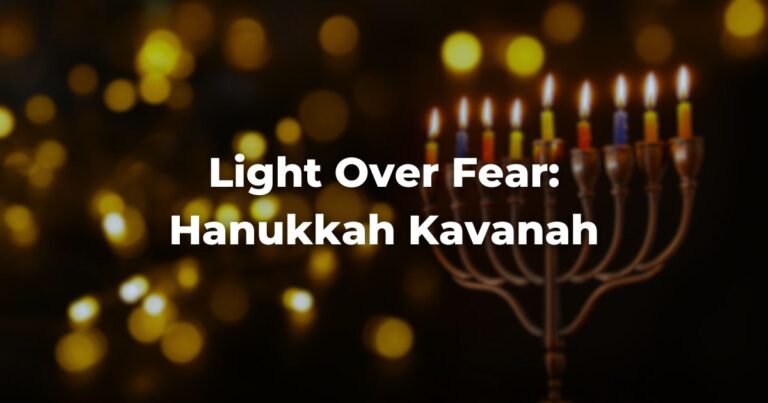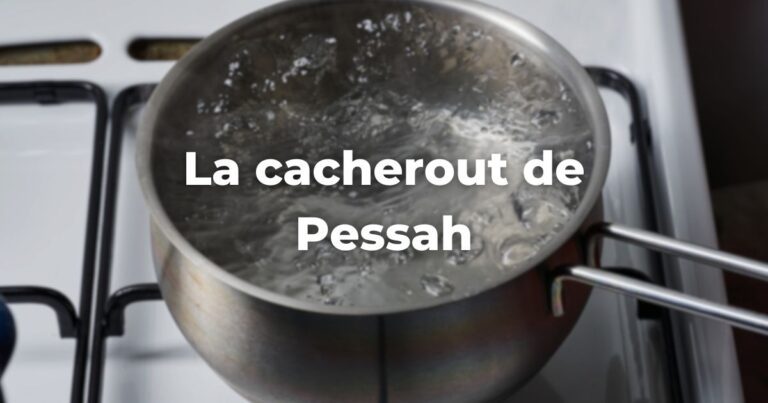When Passover begins on a Saturday night, as it does this year (April 12th, 2025), we change the schedule of preparation and adjust the rituals that take place.
Preparations
Ta’anit Bekhorim (the Fast of the Firstborn) begins on Thursday, April 10th, at dawn. As a rule, we never fast on Shabbat except if Yom Kippur falls on Shabbat. At the same time, we cannot create an intrusion into the beginning of Shabbat by moving the fast to Friday, so the fast is moved two days earlier.
It is common for communities to hold a siyyum (a teaching and recitation of a special kaddish marking the conclusion of study of a volume rabbinic literature). This allows them to hold a se’udat mitzvah (a festive meal), which will permit those who are firstborn children to break the fast after participating in the siyyum after Shacharit. Check out our community finder to find a community near you.
It is also common to sell your hametz by this time, so consult your local rabbi for details.
Bedikat Hametz (the search for leavened foods), commonly done the night before the holiday, takes place this year on Thursday evening, April 10th, once it is night. Bi’ur Hametz (the final destruction and disposal of leavened foods) must take place by Friday morning, April 11th.
You can find the Exploring Judaism Bedikat Hametz and Bi’ur Hametz printable guide here.
One should light a candle before Shabbat that will last until Passover begins Saturday night. This can be a seven-day candle or a long-lasting yahrtzeit-style candle. This will allow you to transfer the flame from that candle Saturday night, after Shabbat, as a pre-existing flame.
If my house has no hametz, what do I eat on Shabbat?
When Passover begins on a Saturday night, there is a tension between the need to dispose of hametz before the holiday and the desire to eat challah in honor of Shabbat before the holiday. While one is technically permitted to consume hametz until mid-morning on the Shabbat morning of April 12th, it is recommended to choose another option, because bittul hametz (the declaration nullifying hametz) must take place before.
In light of this timing, the recommended practice is to recite HaMotzi (the blessing over bread) over two full pieces of Kasher l’Pesah egg matzah, just as you would normally over two loaves of challah. Enriched egg matzah honors Shabbat and does not violate the prohibition of eating matzah shortly before Passover begins.
You can find more information on this practice in this teshuvah by Rabbi David Golinkin exploring the halakhic sources and options on this topic.
What to do on Saturday Night at the Seder?
On Saturday night, you are moving to a Yom Tov from Shabbat, rather than from a regular weekday. As a result, you need to make a havdalah, marking separation from one holy time period to another. We want to complete Shabbat and enter Passover and we do that all in one moment.
As a result, your seder is likely to begin once Shabbat is over, in order to do havdalah, as part of the first cup of wine/kiddush at the seder.
Yom Tov Candles
Before your seder begins but after Shabbat has officially ended, check your local Shabbat times calendar, it is customary to light candles.
As noted above, we recommend that you light a seven-day candle or a long-lasting, yahrtzeit-style candle before Shabbat so you can “transfer flames” after Shabbat. Passover will technically begin before Shabbat is over (in that intermediate time between sunset and nighttime) thus, we cannot light a candle using a match. Therefore, we can take advantage of a Yom Tov rule that we can transfer flames from one place to another. We must use a pre-existing flame. (Mishneh Torah, Shevitat Yom Tov 4:1)
At this point, transfer the flame from your long-lasting candle to your two Yom Tov candles and recite the blessing that ends “l’hadlik ner shel yom tov,” marking the beginning of the holiday. The She-heheyyanu blessing is delayed until the end of kiddush and havdalah.
All of the following takes place during the first section, Kadesh, of the seder. The blessings should be written in full in your Haggadah.
The rabbinic mnemonic YaKNehaZ provides us the framework for which blessings to recite and in what order and is explained below:
Yayin – Wine
First, we recite the blessing over the wine itself. This blessing concludes with “borei peri hagafen.”
Kiddush – Sanctification
Next, we recite the blessing over Passover. This blessing begins with “asher bachar banu…”
Ner – Light
Your Yom Tov candles should be lit at this point. The flame transferred from your long-lasting candle to your two Yom Tov candles before your seder began. After you have said kiddush, recite the blessing marking the end of Shabbat. This blessing ends with “borei m’orei ha’esh.”
Zman – Time
Finally, we recite the blessing over our gratitude for reaching this moment and certainly for the first time this year — She-heheyyanu also applies to all the mitzvot we are about to do which we haven’t done since last Passover. This blessing ends with “she-heheyyanu, vekiyamanu, vehigiyanu lezman hazeh.”
At this point, we have completed the first step of the seder marking both the end of Shabbat and the beginning of Passover and we can move on to Urchatz, the next part of the seder.
A special thank you to Rabbi Louis Polisson on his help with this piece!
Authors
-

Exploring Judaism is the digital home for Conservative/Masorti Judaism, embracing the beauty and complexity of Judaism, and our personal search for meaning, learning, and connecting. Our goal is to create content based on three core framing: Meaning-Making (Why?), Practical Living (How?), and Explainers (What?).
View all posts -

Rabbi Jeremy Markiz is a teacher and consultant. Based in the Washington, DC area, he teaches the Torah of personal growth, meaning and intentionality, and making the world a better place. He writes a newsletter called, With Torah and Love. Rabbi Markiz helps clergy, congregations, and Jewish organizations grow and communicate clearly in the digital world, develop effective strategies, and solve problems with his consulting firm, Next Level Rabbinics.
View all posts

